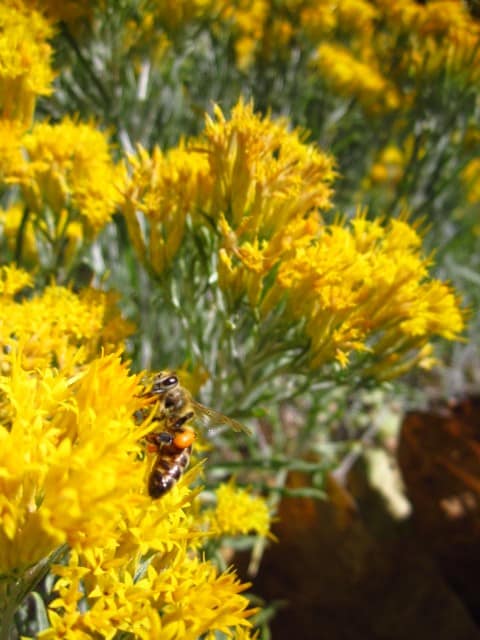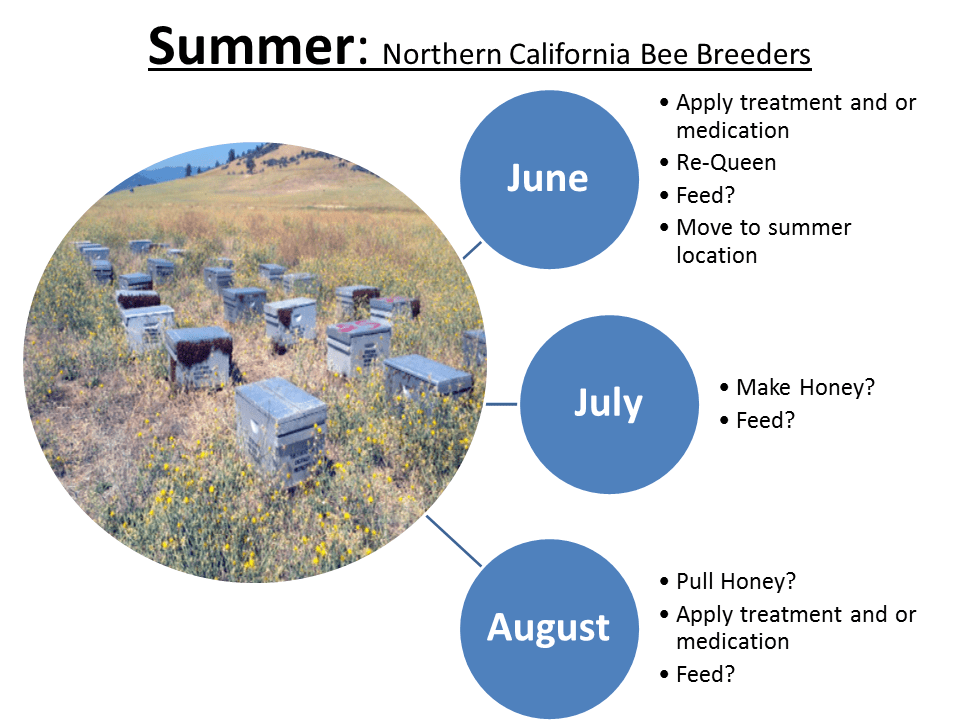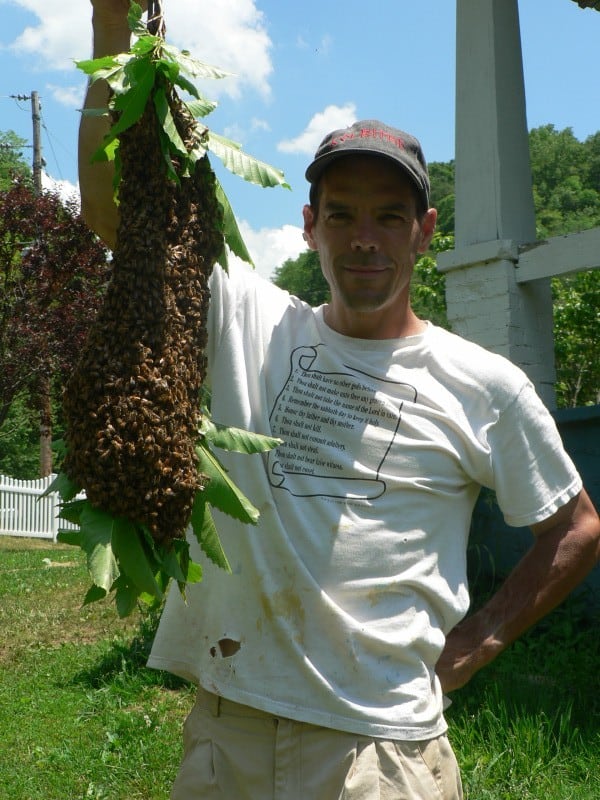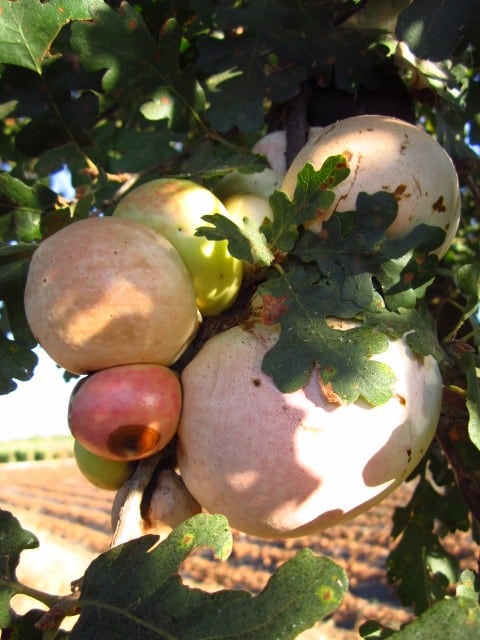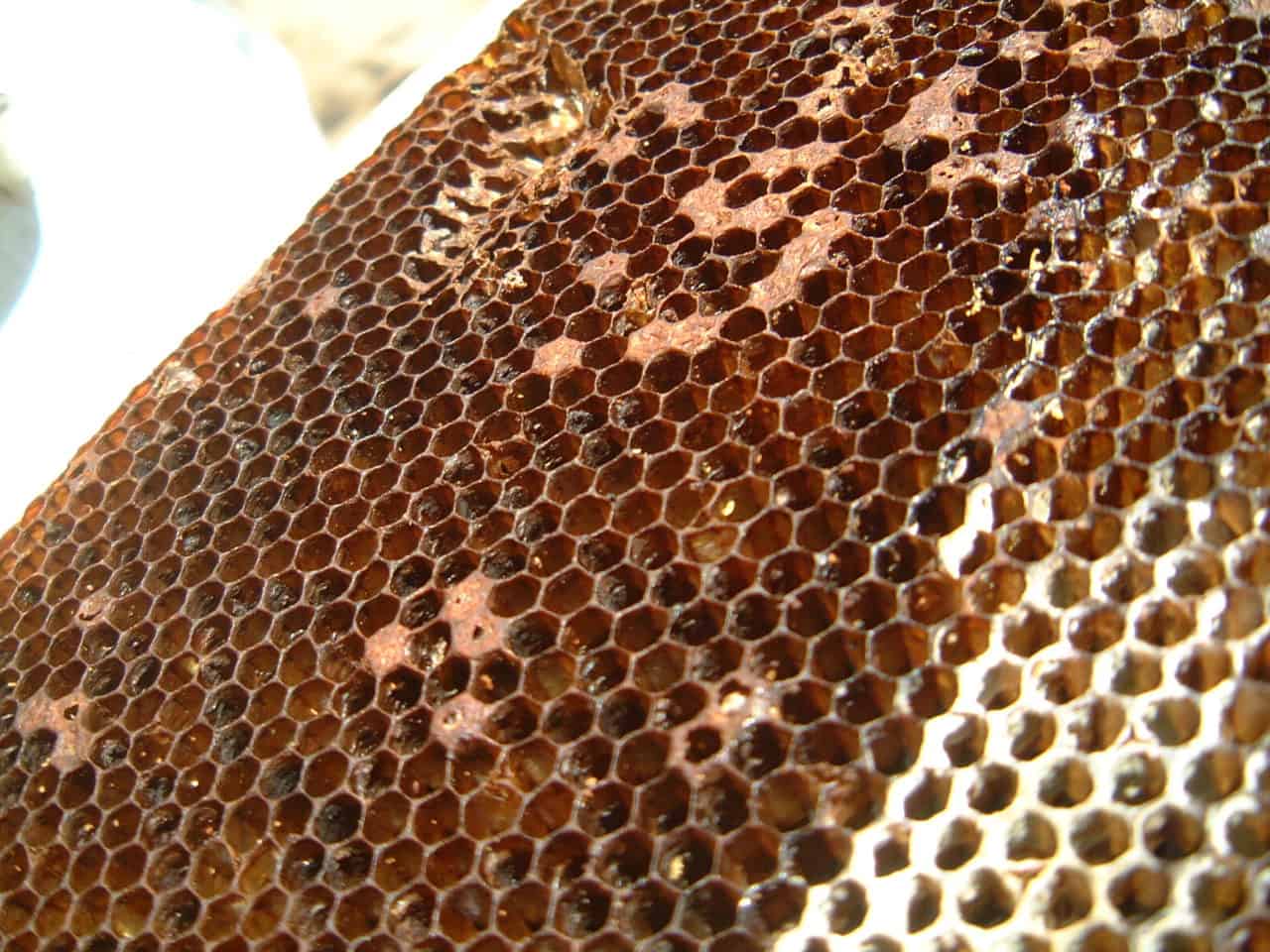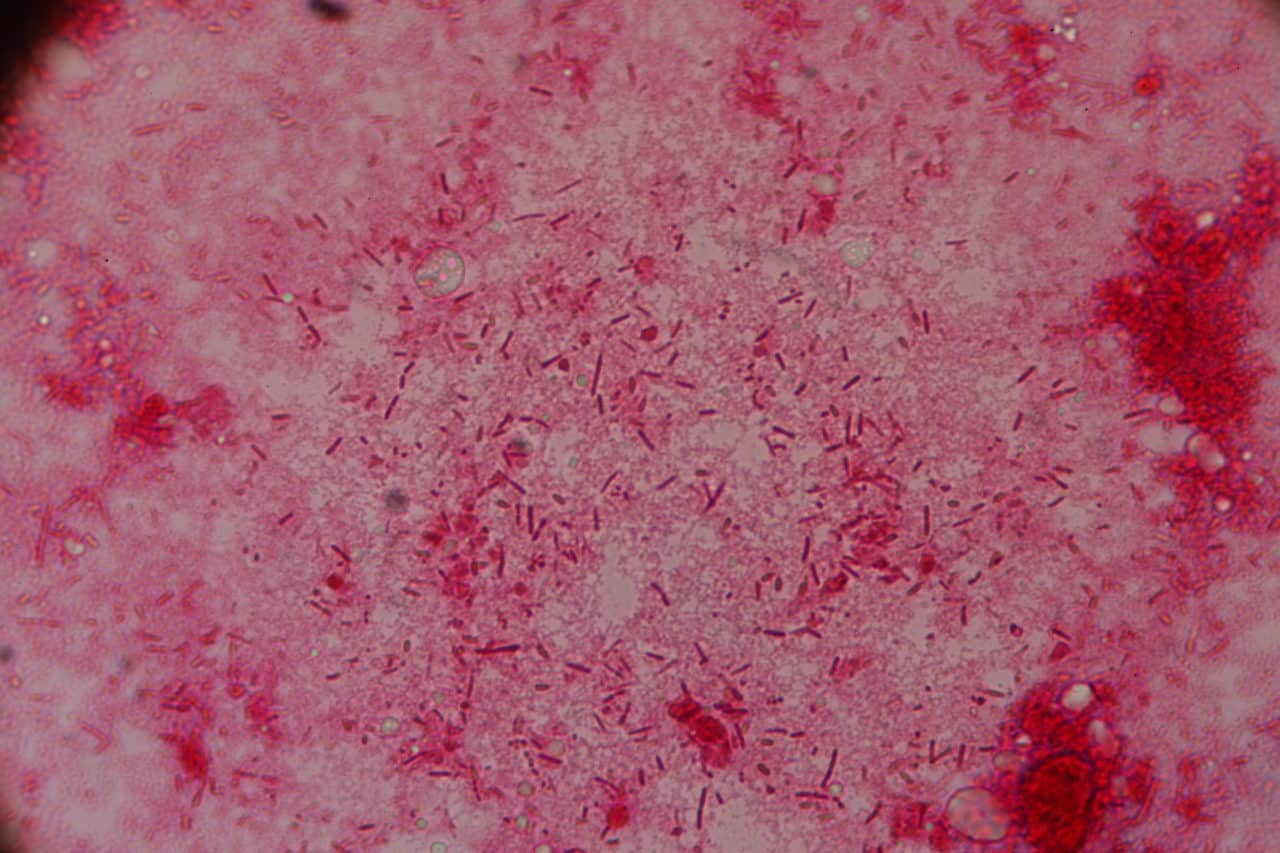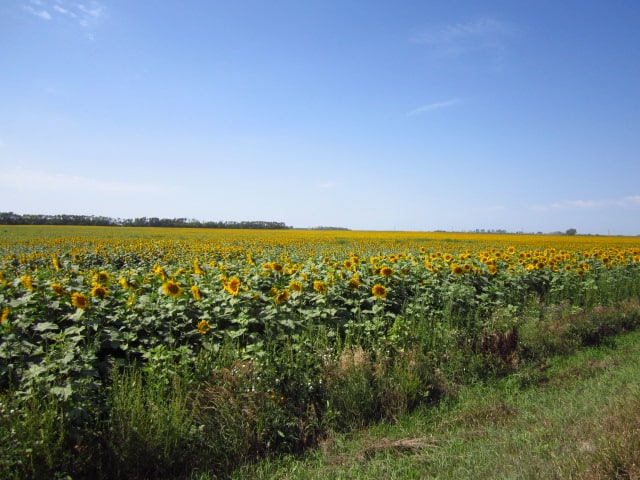Sources of fall forage are ever important as we head into winter in California. With a bloom period ranging from August through October, rabbitbrush is one such source that provides both nectar and pollen. There are many species of rabbitbrush which range from British Columbia in the North to New Mexico in the South, California in the West to Nebraska in the East. Of these species of Chrysothamnus I will focus on one, Chrysothamnus viscidiflorus. Commonly known as yellow or sometimes green rabbitbrush, this plant is a member of the family Asteraceae. In California, C. viscidiflorus ranges from the Cascade and Klamath Ranges in the…
Summer: Cycle of Northern California Bee Breeder
The graphic above illustrates the basic cycle of beekeeping during the summer season in northern California. Things like applying treatments and feeding are management decisions based on what the bees are doing in response to the environment around them. Feeding and treating is operation specific and location dependent. Think of treatment windows in terms of hive dynamics with bee population being one of the most important. Hive populations go in cycles, rising in times where forage is abundant and falling at times when available forage tapers off. It is much easier to effectively treat a hive for Varroa and Nosema when bee populations are low…
Beekeeping Enters the Cloud
Being at the intersection of computing and beekeeping affords unique opportunities for me to share my love of beekeeping. Beekeeping Enters the Cloud was the catchy title for a talk I gave at the Microsoft Research Cloud Futures 2011 conference where I explained how cloud computing is being used to address the problem of high winter losses through the Bee Informed Partnership and to provide beekeepers a powerful record keeping tool called Hive Tracks. Watch the talk (click on the image) to see my vision for the ongoing intersection of computing and beekeeping.
Spotlight on Valley Oak
As we enter the final week of summer it seems fitting to talk about Quercus lobata Née, the Valley Oak. This tree is a late summer source of bee forage in Northern California where forage is scarce going into the fall. Valley oaks are endemic to California and are found in the interior valleys and foothills. At this time of year one can hear honey bees buzzing high up in the canopy. They’re not visiting flowers, but “oak apples,” a type of gall induced by the oak gall wasp Andricus quercuscalifornicus. What the bees are after is the honeydew the gall secretes. The tiny wasp…
Detecting American Foulbrood with a Blacklight: UPDATE
For clarification, using a blacklight is supposed to help you see if there are AFB scales in the bottom of a cell. The blacklight will make other things made of protien glow as well, so always double check that what you are seeing is a scale and not shaped like something else. An AFB scale should only be on the bottom of a cell (see picture). Be sure to look at the comb under a normal light as well, and if you are still not sure then ask or you can even send in a picture!
Examining Bacteria From Colonies with Foulbrood Symptoms
Microscopy is a useful tool to diagnose honey bee problems. While working on some content for eXtension.org, I helped record the following video. These bacterial spores where found in a comb showing symptoms of American foulbrood disease. Paenibacillus larvae With Brownian Motion From a Honey Bee Colony Video description: Spores of the causative agent of American foulbrood disease in honey bee colonies are shown here. Paenibacillus larvae spores (seen here at 1000x) display brownian motion when the microscope slide is prepared with the hanging drop method. Acknowledgements: Organized, prepared slide: Michael E Wilson, University of Tennessee; videography & microscopy: Ernest Bernard, University of Tennessee; Video…
Phorid Fly (Light Trapping)
The past few months I have been trying to capture honey bees that are infected with Phorid Flies in the Chico, CA area. So what is a Phorid Fly? It is a fly commonly referred to as the humpback-fly because of its appearance. Previously the fly was known to parasitize bumble bees and paper wasps but has now transferred host and is able to reproduce using the honey bee (Apis mellifera). It has been termed the “Zombee” because once parasitized, the honey bee behaves irregularly, taking flight at night and dying away from the hive. More information on this name and the fly can be…
Beekeeper Reports
It’s incredible how fast time can pass when you are enthralled in something new and exciting. I have been in California for more than a year and it seems like yesterday that I was standing in my parent’s driveway saying good bye to my mom, dad, and brothers as Rob and I loaded up his car for our move out west. A lot has happened in a year and making the move to the west coast has been one of the most eye opening experiences of my life. It’s been challenging, rewarding, frustrating, and fun but most importantly it’s given me the opportunity to grow…
Spotlight on Gum Plant
North Dakota landscapes, both farmed and fallow, are golden-hued with the onset of sunflower, goldenrod and gum plant bloom. These three plants belong to the family Asteraceae, commonly called the Aster or Sunflower Family. While sunflower and goldenrod are well-known late summer sources of forage, gum plant also provides a source of nectar and pollen for bees. Native to North America, Grindelia species occur throughout the lower forty-eight with the exception of the southeastern states. Grindelia squarrosa, or curlycup gum plant, occurs in Great Plains rangeland and is the most wide-ranging species in the genus Grindelia. G.squarrosa is a biennial or short-term perennial with peak…
Antlions (Myrmeleontidae)
Previously I wrote a blog about an insect known as a “Wormlion.” I suspected this insect to be an Antlion at first. I then figured that not many people knew what an Antlion was so I figured I would blog about them. Antlions are in the order Neuroptera which in English translates into “nerve-wings.” An Antlion is the larval stage of the insect; these are also referred to as “doodle-bugs.” They call them doodle-bugs because when you place these insects on sand or loose dirt, they will crawl backwards making a distinguishable trail and eventually burrow down into the medium. In the wild you can…
